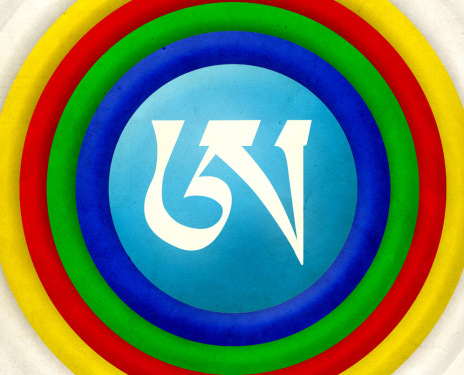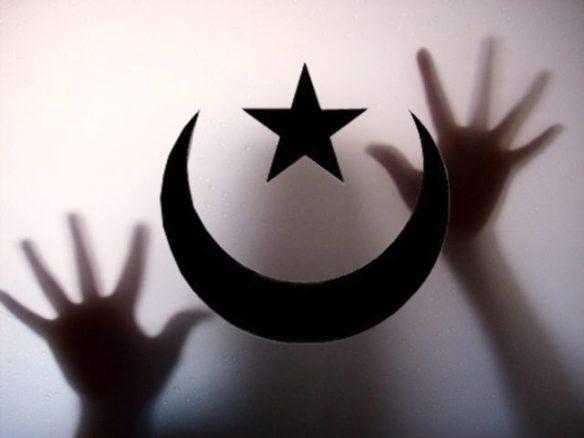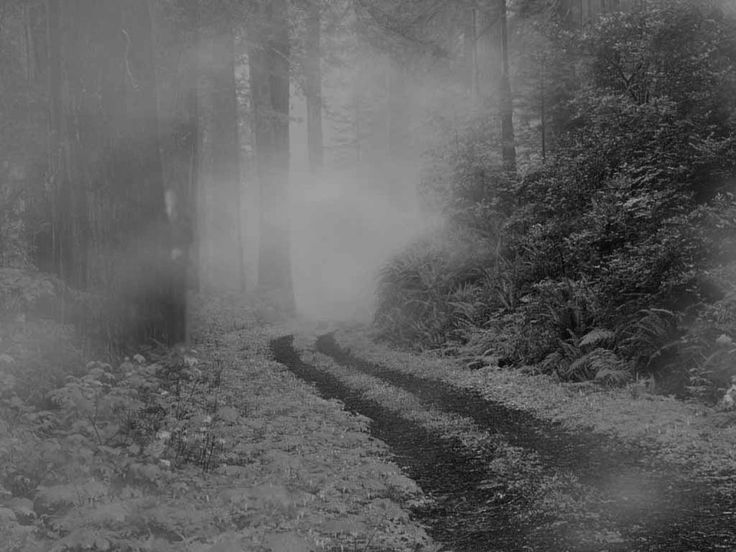After three decades of wandering through Buddhism, I found my spiritual home in the Dzogchen (Great Perfection) path as taught by Lama Surya Das. That was a year and a half ago, and after my third week-long retreat with him, I awoke yesterday with love and joy and a desire to spread the good news of the Great Perfection.
I have no credentials as a Buddhist teacher, so I can only explain how I see it. Take what I say with a grain of Tibetan salt. Here’s the deal, in brief and with just one Tibetan, Pali, or Sanskrit word:
 The Tibetan letter “A” or “Ah” represents the non-dual state of mind, the oneness of all.
The Tibetan letter “A” or “Ah” represents the non-dual state of mind, the oneness of all.
All beings have a pure core that can be compared to a perfect mirror, which reflects (sees) the world exactly as it is in its primordial, non-dual state. Over the generations, back to the beginning of time (if there was one), that mirror has been repeatedly smudged. I’ll call all that smudging karma, and I’ll include in that karma our biological adaptations, our cultural adaptations, other environmental factors, and our own behavior.
In each moment that we live, we do have some degree of free will along with all that karma, but here’s the thing. As Billy Joel said, we didn’t start the fire. Our karma is what it is, and the free will we have exercised in the past is, by definition, past. So as each new moment arises, we are again perfect. We are what we need to be and what the other beings in the world, with all of their karma, need us to be.
In each moment, we can use our free will to take a non-dual, compassionate view or submit to the karma that tends to pull us toward self-and-other. Guilt about the past doesn’t help us do that. It’s another form of attachment to our own inflated ego. (“If only I had done this or that, the world would be better.”) We need to see ourselves as perfect, smudges and all, before we can get closer to the pure inner core that reflects the world exactly as it is. We need to accept, perhaps even cherish, our smudges in order to remove them.
I could spend a lot of time now using more Tibetan, Pali, and Sanskrit terms for what I wrote above, but let’s just say that the pure core reflecting the world as it is represents the Buddha within all of us. And Dzogchen teaches us to relax, let go, and accept things as they are, with a compassionate heart-mind, in order to get closer to, and ultimately reach, that Buddha within.
— Mel Pine (Urgyen Jigme)
Copyright 2017 © Mel Harkrader Pine
Share this:




